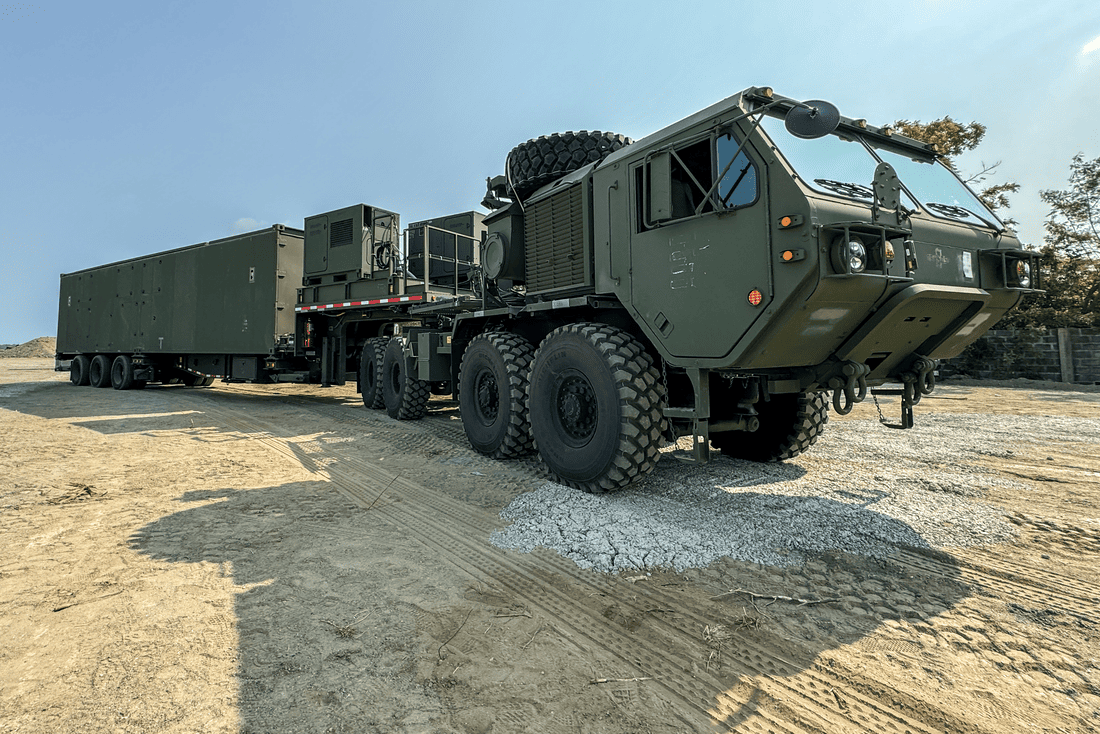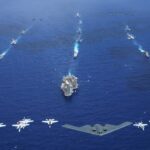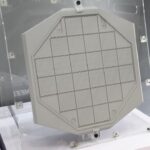Lockheed Martin concluded two days of discussions in Cologne with a plan that would see Germany’s first Typhon launchers at the Meppen range by December 2026. Lockheed Martin program manager Edward Dobeck told visiting lawmakers the company’s facility in Moorestown, New Jersey, is currently producing one launcher every five weeks for the U.S. Army. Moving to a second shift would reduce that to four weeks without affecting quality checks. Lockheed is ready to shift upcoming production slots to Germany as soon as a deal is signed.
Germany submitted its formal request on July 15 for two Typhon batteries-eight launchers total-plus reload equipment, command shelters, spare parts, and three years of training. The estimated cost is between €1.7 and €2.1 billion. The U.S. review process began on July 18, and Congress is expected to see the case in early August. If no objections are raised during the 30-day review period, the contract could be signed by October.
U.S. Production Slots and Stored Mk 41 Inventory
Lockheed already has hardware in resreve to meet early delivey goals. Seventeen Mk 41 launch cells, pre fitted with power systems and vent doors, are in climate-controlled storage. These were built from parts stockpiled during earlier supply chain disruptions. That cache could eqiup a demo battery if Berlin approves funding this fall.
Each launcher mounts a 40-foot container on an Oshkosh HEMTT truck, with four Mk 41 cells inside. Hydraulic outriggers level the deck in minutes. A full battery includes four launchers, a command shelter, a reloader truck, and a support vehicle. The system connects to Germany’s Joint Fires Network, takes targeting data from satellites and drones, and can fire within 90 seconds of receiving a tasking order.
The launchers can fire Tomahawk Block V missiles, which reach targets up to 2,000 kilometers away, or SM-6 missiles, which support anti-ship, air-defense, and missile-intercept roles. Lockheed has also tested a hypersonic surrogate from the same launcher type, suggesting room for future upgrades. For now, Typhon gives Germany an intermediate-range strike option between current air-launched missiles and longer-term hypersonic programs.
Typhon Launcher System Profile:
- Four launchers with four Mk 41 cells each
- Command shelter linked to the Joint Fires Network
- Side-lift reloader compatible with standard ISO frames
- Support truck with spare parts and power units
- Reload time under 15 minutes per cell
- 2,000 km range with Tomahawk Block V
Defense Minister Boris Pistorius called Typhon a stopgap until Europe’s Long-Range Strike Architecture (ELSA) is ready. At a July 16 briefing he noted that the gap in precision-strike capability wont close without an interim solution. Typhon built from existing components fills that need. While Germany will own and operate the system, it will be tied into NATOs fire coordination and logistics systems.
With a firing range that covers key Russian military infrastructure in the Baltic and Kaliningrad, Typhon gives Berlin a mobile, land-based deterrent. Officials stress the system is intended for defensive counterstrike, but its survivability-able to hide in urban ports or forested terrain-adds to its credibility.
The Bundestag Budget Committee is expected to review the purchase in September. Some opposition lawmakers are wary of restrictions linked to U.S. export controls. Legal advisers point to Norway’s Naval Strike Missile setup-where Oslo holds the warheads and launch codes-as a workable model for retaining national control.
Lockheed’s proposal includes 40% local industry participation. Rheinmetall would produce container frames and data harnesses at its Ulm site, while Diehl Defence would handle command shelter integration and modify MAN trucks into reload vehicles. Diehl is also exploring whether its IRIS-T missile, when paired with a booster, could be adapted for Mk 41 launch, potentially adding a domestically produced interceptor.
Rheinmetall would manage depot-level maintenance. Equipment for testing canisters and diagnosing guidance systems would arrive six months after the first battery.
Rheinmetall-Diehl Role in System Assembly and Adaptation
Training will unfold in three phases. U.S. teams will lead two weeks of classroom instruction, followed by three weeks of simulator training with dummy rounds, and a 10-day field exercise. German crews will be drawn from both artillery and air-defense units. Bases at Munster and Bergen already meet site requirements.
Germany plans to spend about €850 million in 2026 on around 80 Tomahawk Block V missiles, enough for five reloads per battery. SM-6 orders will depend on production availability. U.S. Navy officials expect SM-6 prices to drop below $4 million after Lots 16 and 17, but early stocks may be absorbed by congressional add-ons.
Missiles will be stored in climate-controlled ISO containers at two remote depots tied to live-fire ranges. Both sites meet blast safety standards and have rail access. Germany already uses the same system for Patriot missiles, easing integration.
Washington’s own plans for deploying a U.S. Typhon unit in Germany remain undecided pending a broader force review this fall. If the U.S. battery is relocated, Germany could become the only Typhon operator in Europe until ELSA systems arrive. U.S. officials still back the sale, seeing it as a way to boost allied capabilities without depleting U.S. inventories.
The project now depends on two milestones: Bundestag funding and the start of long-lead component orders. Some parts-such as lattice spars and steering actuators-require nine months to manufacture. Lockheed has enough in reserve for the first battery, but needs firm funding by year-end to secure parts for the second. Delays in either timeline would push the first live-fire event into 2027 and reduce Typhon’s value as a short-term bridge.
If approvals come this fall and the U.S. clears the sale on schedule, Germany could have a fully operational battery in under three years.
REFERENCE SOURCES
- https://www.fdd.org/analysis/2025/07/25/germany-considers-buying-us-made-typhon-as-bridge-long-range-strike-solution/
- https://caliber.az/en/post/media-lockheed-martin-pledges-rapid-delivery-of-typhon-missile-launchers-to-germany
- https://armyrecognition.com/news/army-news/2025/exclusive-germany-requests-u-s-typhon-ground-based-missile-system-to-strengthen-long-range-strike-capability-in-europe
- https://longwarjournal.org/archives/2025/07/germany-considers-buying-us-made-typhon-as-bridge-long-range-strike-solution.php
- https://www.defensenews.com/global/europe/2025/07/28/lockheed-vows-quick-action-on-german-typhon-missile-launcher-request/
- https://news.ssbcrack.com/lockheed-martin-promises-rapid-production-of-typhon-missile-launchers-for-germany/
- https://militarywatchmagazine.com/article/germany-tomahawk-launchers-striking-moscow
- https://www.forumarmstrade.org/major-arms-sales-notifications-tracker.html
- https://www.reuters.com/business/aerospace-defense/berlin-pledges-decision-patriots-kyiv-within-days-or-weeks-2025-07-14/



